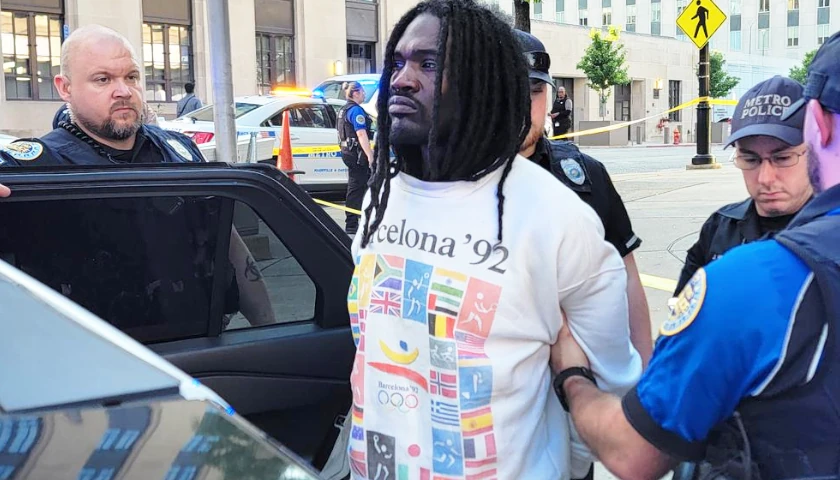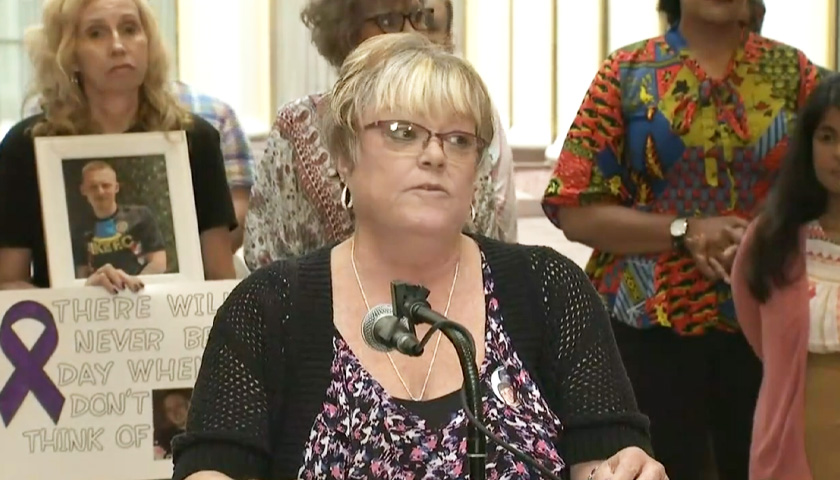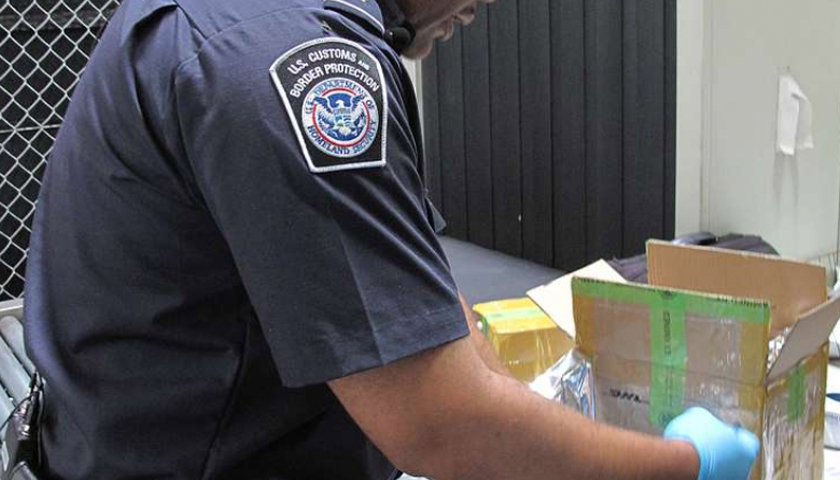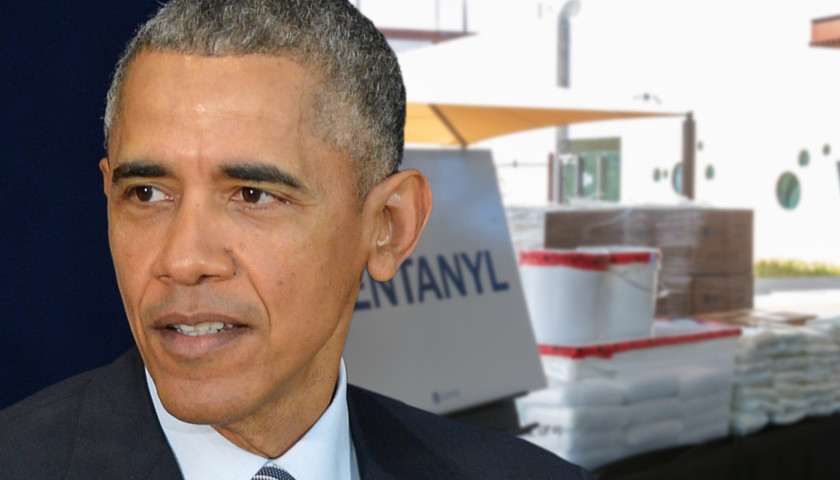A massive lawsuit by 1,500 counties, cities, townships, and other communities nationwide, against the opioid industry has been permitted to move forward by a federal judge in Ohio. Over the past two years, local and state governments in Mississippi, Ohio, West Virginia, Kentucky, Nevada, Texas, Florida, North Carolina, North Dakota, Tennessee, Illinois, New York, Washington, and California have all filed separate suits against the various manufacturers, distributors, and sellers comprising the opioid industry. These local governments allege that the “defendants have contributed to the addiction of millions of Americans to these prescription opioids and to the foreseeable result that many of those addicted would turn to street drugs.” In the past year, the majority of these cases were folded into one giant multidistrict litigation that has been consolidated in the Ohio federal courts. The defendants in this case include the three largest drug wholesalers in America: AmerisourceBergen, McKesson, and Cardinal Health. These three entities are commonly referred to as the “Big Three,” accounting for “about 85 percent to 90 percent of all revenues from drug distribution in the United States.” United States District Judge Dan A. Polster of the Northern District of Ohio rejected Wednesday a Motion to Dismiss by the…
Read the full story















